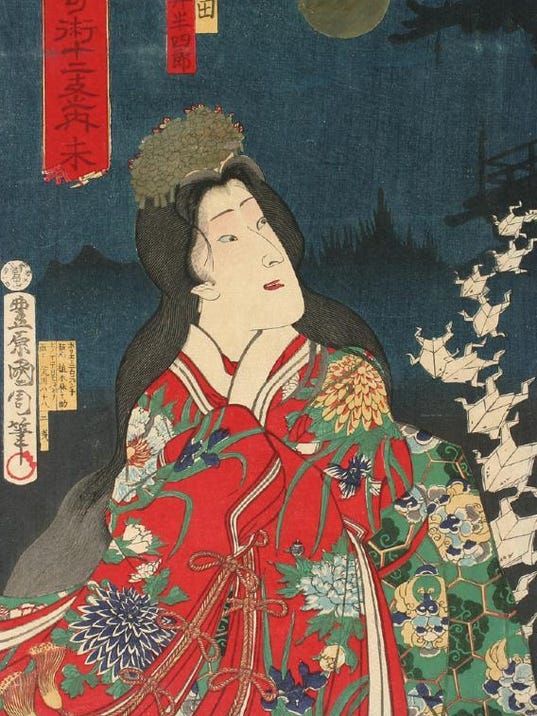Tucked away in a corner of Hatcher North’s first floor is the Audubon room, named for the extremely rare volume of naturalist James Audubon’s “Birds of America” paintings that it houses. From now until March 24, it also houses the Prisons and Politics in America exhibition curated by Julie Herrada.
“Prisons and Politics in America: An Exhibit of Art, Poetry, Letters and Prison Resistance from 1890 to Today,” examines the political reasons for why people are imprisoned: for speaking out, for writing, for violating repressive laws, framed because of their color or politics, for stealing from the rich, for refusing the military draft, for whistleblowing, for attempting to overthrow the government, for standing up for a belief, or for walking over a forbidden line.
The items focus on maintaining one’s humanity behind bars, promoting political causes, and offering solidarity in support of prisoners.
The exhibit was pretty small, with a total of 39 items, but I thought it was a fitting size. The items on display were well-chosen and represented a variety of time periods, activist movements, and prison injustices. I learned a great deal by walking around and slowly taking each artifact in, reading the thoughtfully-written blurb about each.

There were all sorts of artifacts: from protest pinback buttons to FBI Wanted posters to comics to a recipe for DIY prison ice cream. The most moving parts of the exhibit for me were the sections displaying prison writing: poetry, letters, memoirs, books. Writing is one of the most powerful tools of expression that a prisoner has, and also is one of the only ways they have to connect to the outside world. Some of the items in the collection were extremely rare and among only a few surviving copies around the world. Writing is hard enough in a comfortable space – can you imagine how difficult it must be to write from prison?
I had forgotten how far back the history of protest and activism goes. Every time a new movement starts , to me it can feel like a whole new isolated effort, which is a huge sign of my privilege. There are many who are not given the chance to forget the history to which movements are attached to because those issues affect them every single day. Rarely is there an injustice so new that there were no ancestors who had to fight it in their time too.

The exhibit sparked some thoughts for me on how activism has changed over the past century and how it has stayed the same. The language in some of the items in the exhibit was very similar to the language I see in protest posters printed today. Strong language, fueled by a sense of justice. Images of chains and bondage and upright fists underneath calls to action like “FREE [X]” and “STOP [Y].”


If you’re ever studying in Hatcher, I highly recommend slipping away for a bit to check out this exhibit in the Audubon Room on the first floor. It is well worth the visit and I guarantee you’ll learn something new!






















